Mozart meets 1920s German Expressionism in Seattle Opera's The Magic Flute
Mozart meets 1920s German Expressionism in Seattle Opera's The Magic Flute
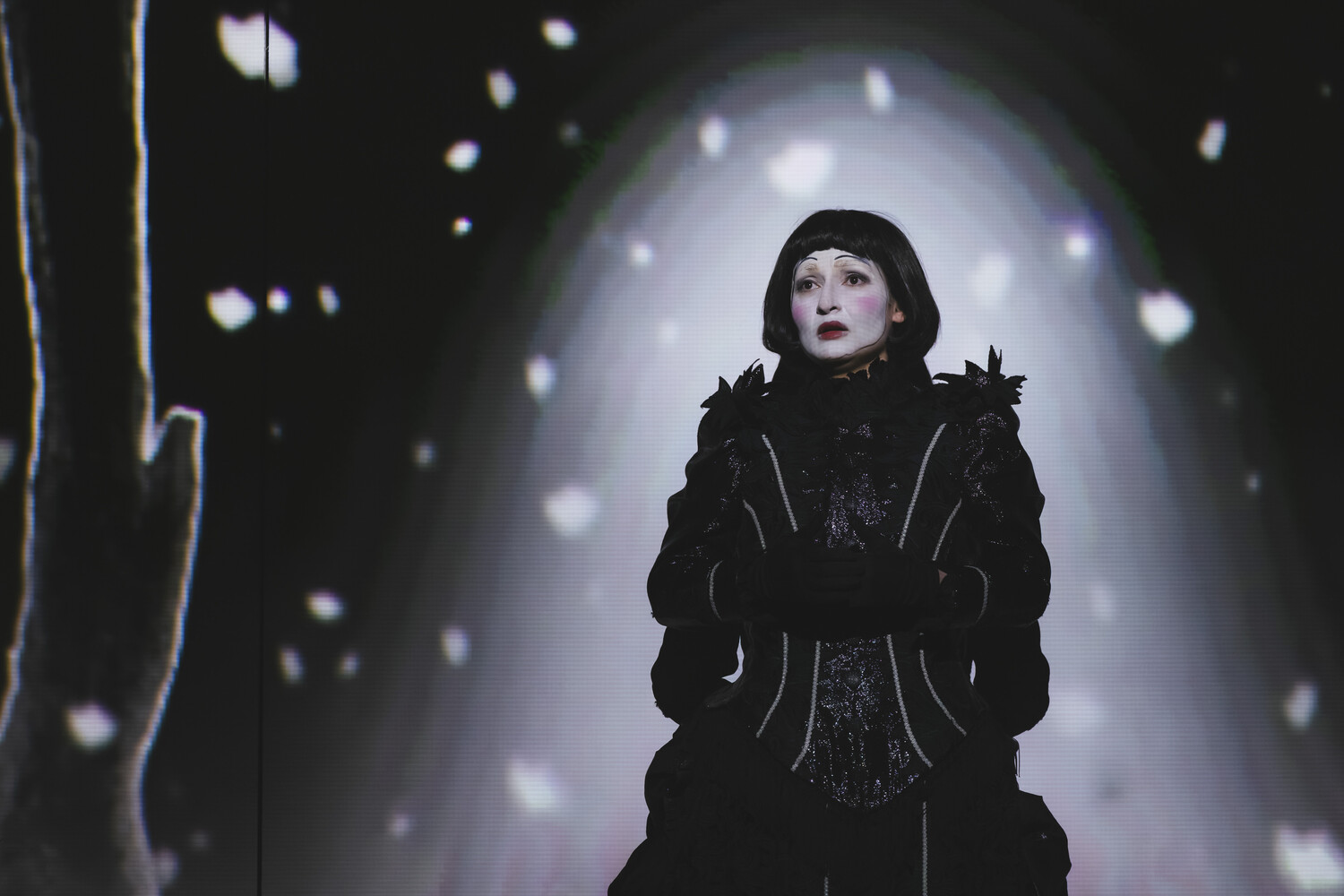
Two things happened in the movies in 1927 that blew the socks off film-making. First: Metropolis, Fritz Lang’s German Expressionist science fiction masterpiece introduced images that movies still use: massively giant tall cities, flying cars, roads suspended in air, the zombification of workers, human-machine hybrids, and an evil moneyed overclass. Second: The Jazz Singer (notably, with a white Al Jolson in blackface) made the movies talk. I’m telling you all of this because Suzanne Andrade and Paul Baritt, a creative team that goes by the name of 1927, infuse the genre-busting brilliance of that remarkable year into this utterly wonderful production of The Magic Flute. Bravo to Seattle Opera for bringing this production, first produced in Berlin in 2012, to the Northwest now.
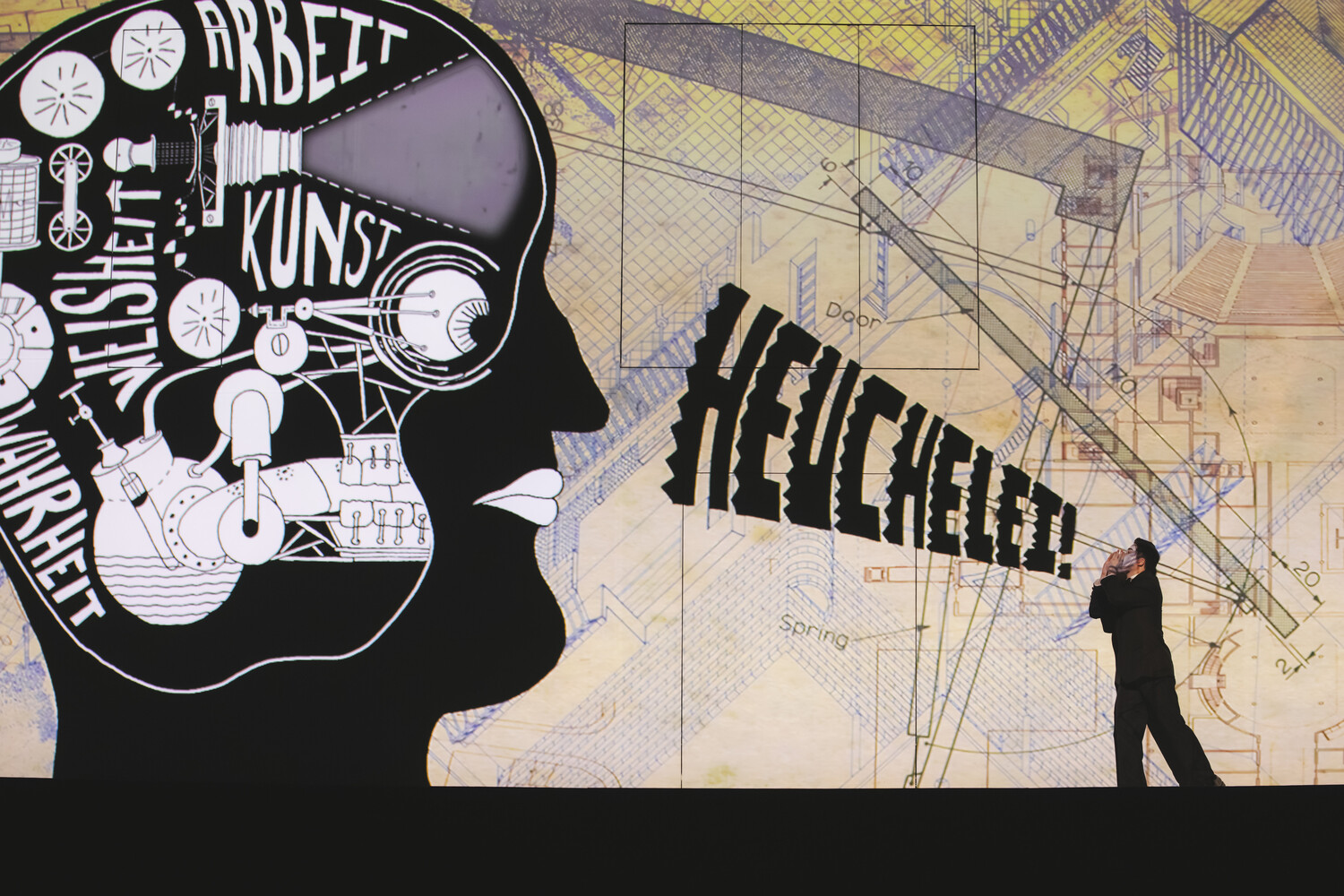
The Magic Flute is a fairy tale written by Emanuel Schikaneder, a man who ran a folksy theater that did mostly popular entertainments full of stuff like magic animals, ghosts, “exotic” settings, low brow humor and bumpkins. (Think Touched by an Angel meets Garfield meets The Simpsons.) Schikaneder needed money and so did Mozart, so The Magic Flute, Mozart’s last opera, has a nutty but also moving story of people who need to move from innocence to wisdom: falling in love, rebelling against their elders, doing what you don’t want to get what you do. I’ve seen this opera live a few times and never been disappointed, but this production will be seared in my brain as one of the most amazing visual pieces of theater I have ever seen in my entire life. Paul Baritt’s animation, including dancing monkeys, whirring clocks, a giant red-orange snake, a ginormous spider lady, flying pink elephants drinking pink martinis, marauding wolves, devouring flames, multiplying babies, and yammering mouths, derives in part from German Expressionist movies. (Maybe it was this combo of hilarity, rapidity and weirdness that made Ozzy Ozborne commission 1927 to do a video for him?)
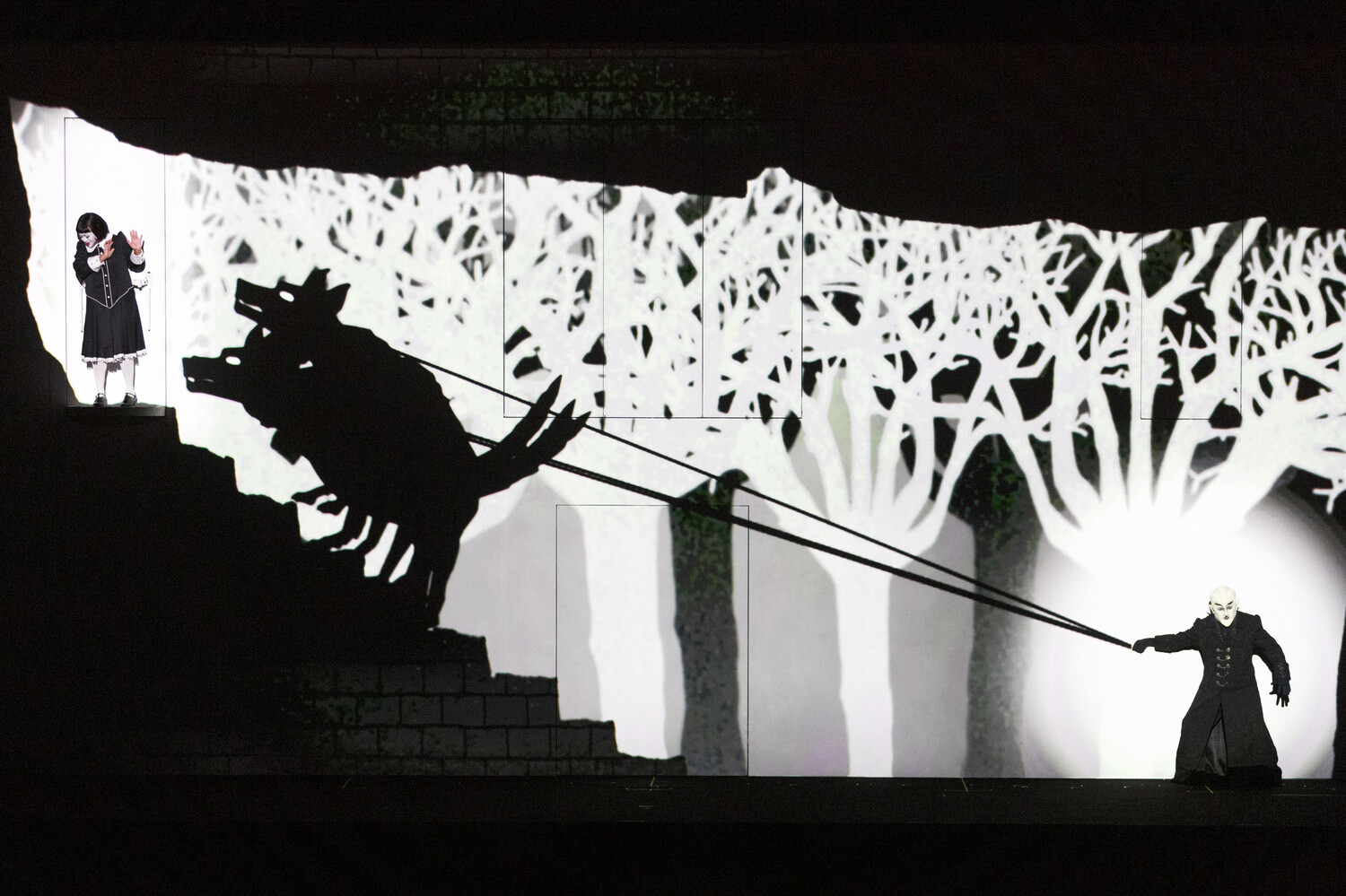
The Magic Flute is a “Singspiel,” the German predecessor of modern musical theater, which includes a lot of songs but also a lot of recitative or talking. This production replaces the talking with the dialogue cards of silent movies. There’s also a Buster Keaton-ish character, a Nosferatu look-alike and ladies in 1920s hats and clothes. It’s gorgeous.
We’re almost a hundred years after 1927, and now our machines of narrative include streaming video, graphic novels and the ongoing fantasy fiction of government lies. The German Expressionist film that inspired 1920s aesthetics came out of a society undergoing scary and rapid change. The characters in The Magic Flute go through a series of trials, not knowing if they will be redeemed or damned. What they also have to determine is which - if either - of their alleged leaders, Sarastro or The Queen of the Night, is good. Does this story have something to tell us?
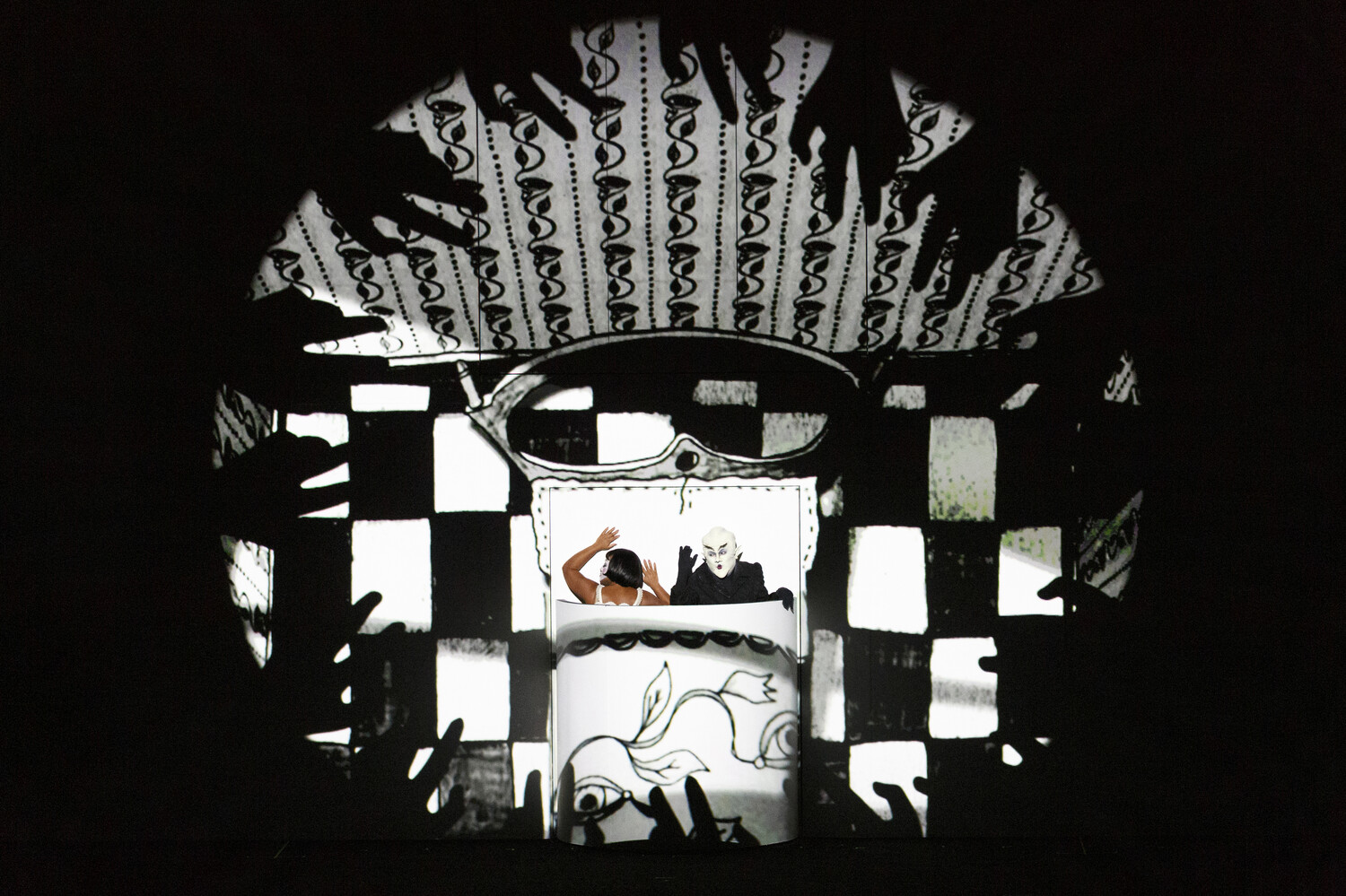
This Magic Flute is visually stunning, crisply conducted by Christine Brandes, ably sung by a mostly young and local crew. Stand-outs include Russian baritone Rodion Pogossov as Papageno and Atlanta, Georgia’s Victor Ryan Robertson as Tamino.
A man sitting behind me kept humming, unconsciously I hope, along with his favorite parts. I was kind of annoyed, but couldn’t really begrudge the guy. There are all sorts of tunes to love in this opera, even when the visuals are the stars of the show.
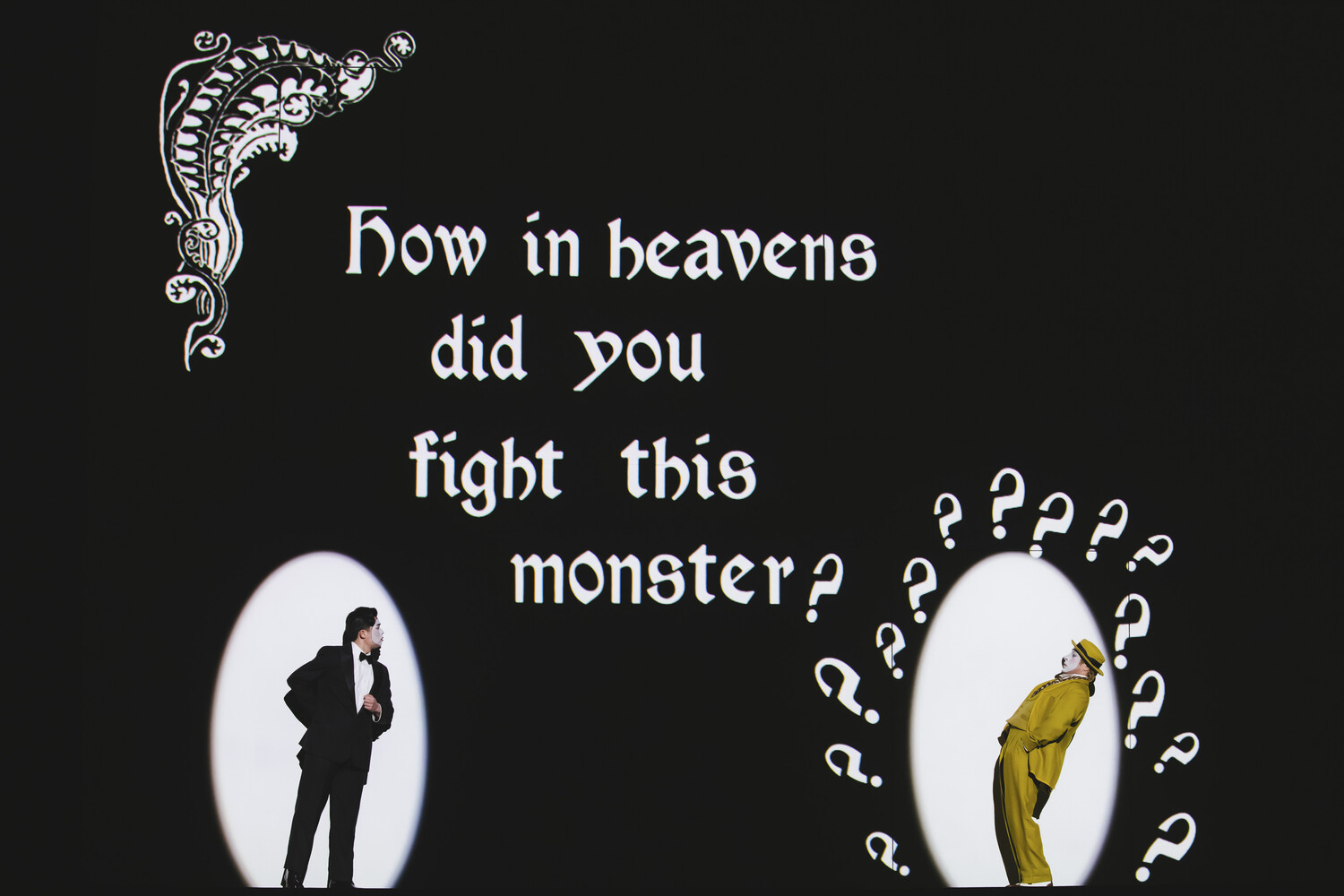
Rebecca Brown is an American novelist, essayist, playwright, artist, and professor. She was the first writer in residence at Richard Hugo House, co-founder of the Jack Straw Writers Program, and served as the creative director of literature at Centrum in Port Townsend, Washington from 2005 to 2009.